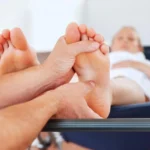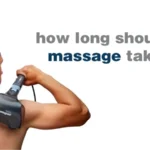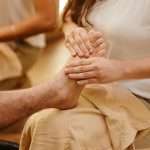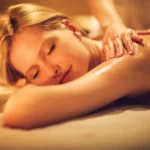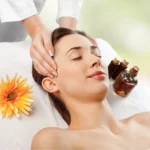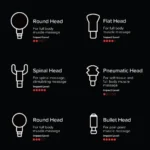If you suffer from anxiety, you may be wondering “How often should I get a massage for anxiety?”. Massage therapy can offer a wide range of benefits to those who suffer from anxiety, including relaxation, reduced stress levels, improved mood, and better sleep. This article will explore the potential benefits of massage for anxiety and provide some guidance on how often to get a massage for anxiety.
Benefits of Massage for Anxiety
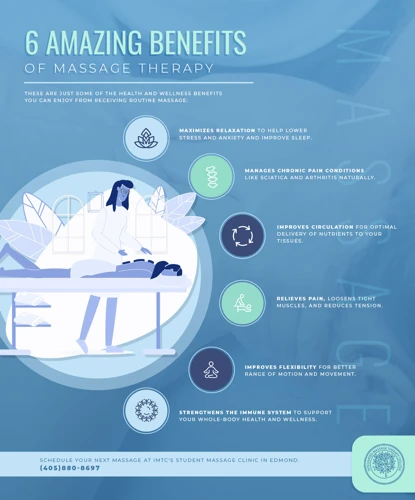
Stress Reduction
Massage has been proven to reduce stress levels significantly. With regular massage sessions, it is possible to reduce the levels of cortisol, which is the primary hormone associated with stress. This can lead to an overall improvement in mental health, since stress is a major contributor to anxiety.
Pain Relief
Massage has also been found to be effective in reducing chronic pain. This can be beneficial for people who suffer from anxiety, as the physical discomfort associated with pain can increase levels of stress and anxiety. By using massage to reduce pain, it can help to reduce the amount of stress and anxiety associated with it.
Improved Sleep
Massage can also help to improve sleep patterns, which can be beneficial for those suffering from anxiety. Poor sleep can lead to an increase in anxiety and stress levels, so by improving sleep quality with massage, it can help to reduce these levels.
Improved Mood
Massage can also help to improve overall mood, which can help to reduce anxiety. By reducing stress levels, it can lead to improved mood and a better sense of wellbeing.
Relaxation
Finally, massage can help to promote relaxation, which can be extremely beneficial for those suffering from anxiety. Relaxation can help to counteract the effects of stress and anxiety, so by using massage to relax, it can help to reduce the symptoms of anxiety.
To get the full benefits of massage for anxiety, it is recommended to get a massage at least once a week. With regular massage sessions, it is possible to reduce anxiety levels significantly and improve overall wellbeing.
How Often Should I Get a Massage for Anxiety?
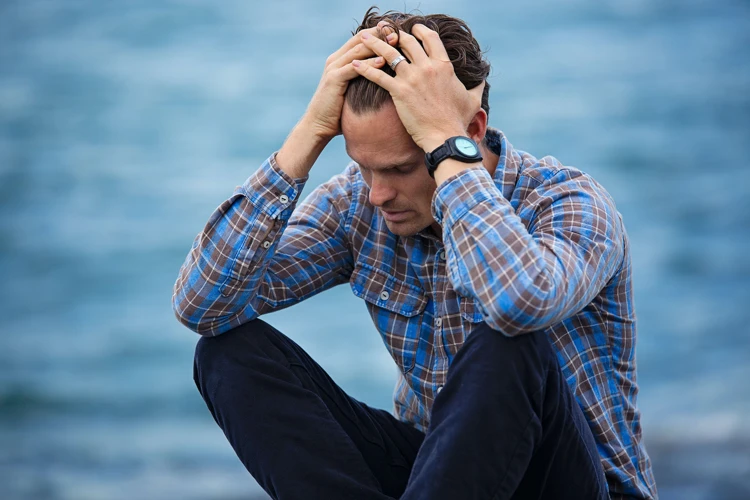
Frequency
The frequency of massage needed for anxiety relief depends on the severity of your anxiety. If you have mild anxiety, one massage every few weeks may be sufficient. For moderate to severe anxiety, you may require a massage once a week for several weeks. Speak with your massage therapist to determine the best frequency for your individual needs.
Types of Massages
The type of massage will depend on the severity of your anxiety and the type of relief you are seeking. Swedish massage is a gentle massage that helps to reduce tension and relax the body. Deep tissue massage is a more intense massage that can help to release chronic muscle tension and knots. Hot stone massage is a type of massage that uses heated stones to help relax tight muscles and reduce stress. Finally, aromatherapy massage uses essential oils to help relax the body and mind.
Speak with your massage therapist to determine which type of massage is best for you. Regular massage can help to reduce anxiety while providing other health benefits.
Potential Drawbacks to Massage for Anxiety
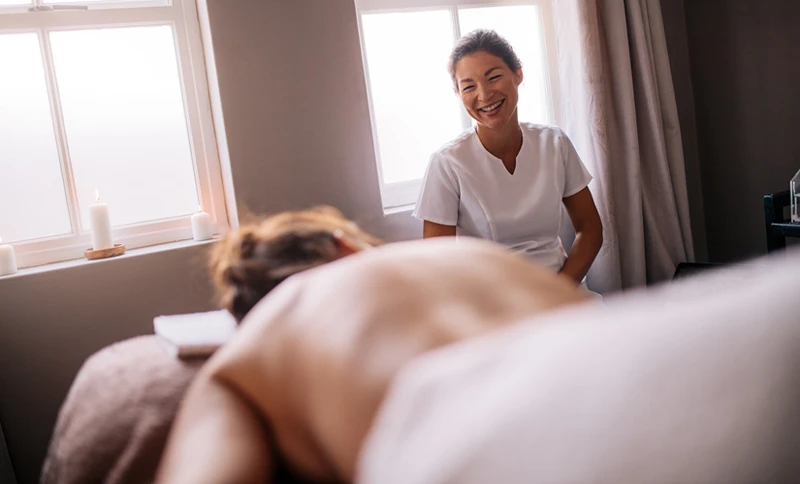
| Time | Massage therapy for anxiety can take up a significant chunk of time, depending on the length of the session and travel time. |
| Cost | Massage therapy can be expensive, and depending on an individual’s insurance coverage, they may not be able to afford regular sessions. |
| Privacy | For some individuals, the lack of privacy in a massage therapy session can be a barrier to seeking out services. |
| Efficacy | Though massage therapy is often an effective form of treatment for anxiety, there is no guarantee that it will work for everyone. |
Other Types of Treatment for Anxiety
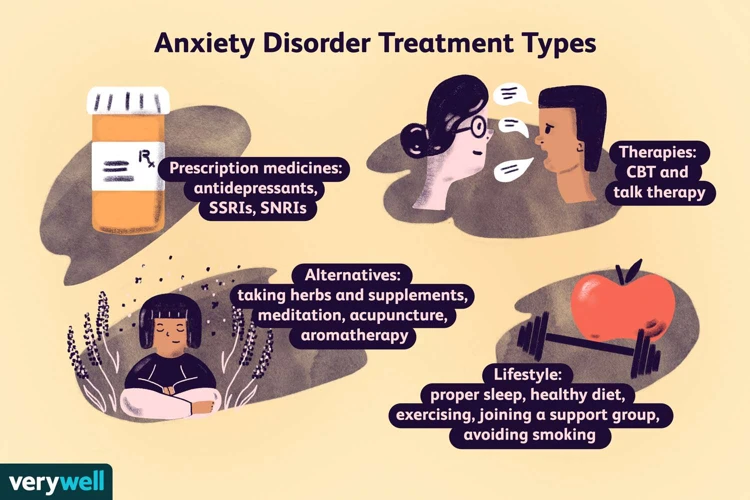
Cognitive Behavioral Therapy (CBT) is a form of psychotherapy that helps people identify and manage negative thoughts and behaviors by changing their thought patterns. It can be used to treat a variety of anxiety disorders, including generalized anxiety disorder, social anxiety disorder, and panic disorder. CBT can be done in individual or group settings and is typically conducted by a licensed mental health professional.
Medication is another form of treatment for anxiety. Antidepressants, anti-anxiety medications, and sedatives can be used to help reduce symptoms of anxiety. However, medications should only be used with the guidance of a doctor and should never be used without consulting with a physician first.
Exercise has been shown to be effective in reducing stress and anxiety. Exercise helps to reduce levels of stress hormones, such as cortisol, in the body and can help to improve mood and reduce anxiety.
Relaxation Techniques, such as deep breathing, progressive muscle relaxation, and yoga, can help to reduce stress and anxiety. These techniques can be practiced in individual or group settings and can help to reduce anxiety symptoms.
Nutrition can also play a role in reducing anxiety. Eating a balanced diet that includes a variety of fruits, vegetables, and complex carbohydrates can help to reduce stress levels and improve overall mental health.
Herbal Supplements such as kava, valerian, and passionflower can be used to help reduce anxiety. However, these herbal supplements should be used with caution and only after consulting with a healthcare professional.
Cost Considerations
Massage therapy is generally not covered by health insurance, so you will need to pay out of pocket for the sessions. Depending on the type of massage you choose and the area you live in, the cost can range from $40 – $200 per session. If cost is an issue, you might consider researching whether there are any discounted massage clinics available in your area. You could also check with local schools offering massage therapy training to see if they offer discounted services.
Frequently Asked Questions
Are there any risks or side effects associated with massage therapy for anxiety?
- Allergic reactions – Massage oils and lotions used during massage therapy can cause allergic reactions such as skin rashes, itchiness, swelling, or hives.
- Bruising – Massage therapy can sometimes cause bruising due to the pressure used during the massage.
- Infection – Poor hygiene and improper cleaning of massage tools and equipment can lead to the transmission of infection.
- Muscle soreness – Massage therapy can cause muscle soreness due to the manipulation of soft tissues.
- Nerve damage – Massage therapy can sometimes cause nerve damage if the pressure applied is too great.
It is important to consult your doctor before undergoing massage therapy for anxiety to ensure that it is safe for you.
What Types of Massage are Best for Anxiety Relief?
Swedish massage, aromatherapy massage, and reflexology are all proven to help relieve stress and anxiety. Swedish massage is a full-body massage that uses long, smooth strokes to help relax the body and reduce tension. Aromatherapy massage uses essential oils to create a calming atmosphere, while reflexology applies specific pressure points on the hands and feet to restore balance and reduce stress. Additionally, deep tissue massage, hot stone massage, and chair massage are also effective in reducing anxiety.
How long does a massage typically last for anxiety relief?
•
- Swedish Massage: This type of massage typically lasts for about 60 minutes, but it can be shorter or longer depending on your specific needs.
•
- Hot Stone Massage: This type of massage typically lasts for about 90 minutes and includes the use of heated stones to help relax tight muscles and provide relief from stress.
•
- Deep Tissue Massage: This type of massage typically lasts for about 90 minutes and focuses on the deeper layers of muscle tissue to help relieve stress, tension, and chronic pain.
•
- Acupressure Massage: This type of massage typically lasts for about 45 minutes to an hour and uses the principles of acupuncture to help relieve stress, tension, and chronic pain.
It is important to note that the length of time for a massage will depend on your individual needs and the type of massage you are receiving. Your massage therapist will be able to advise you on the best length of time for your massage.
Is there a specific frequency of massage that is recommended for anxiety relief?
No. While massage can be beneficial to reduce stress and anxiety, there is no specific frequency recommended for receiving massage. The frequency of massage depends on individual needs and preferences.
- Benefits of Regular Massage: Receiving regular massage can help address chronic muscle tension and reduce stress and anxiety. Regular massage can also help improve sleep, reduce headaches, and improve overall mood and well-being.
- Frequency of Massage: The frequency of massage depends on individual needs and preferences. Some people may find that one massage per week or every two weeks is sufficient for managing stress and anxiety, while others may require more frequent massage. It is important to listen to your body and find the frequency that works best for you.
- Duration of Massage: Massage sessions can range from 10 minutes to 2 hours and are typically tailored to individual needs. Generally, shorter massage sessions are best for stress and tension relief, while longer sessions may be beneficial for addressing chronic pain and other health issues.
In conclusion, there is no specific frequency of massage recommended for anxiety relief. It is important to listen to your body and find the frequency and duration that works best for you.
What other lifestyle changes can help reduce anxiety symptoms?
Making healthy lifestyle changes, such as getting regular exercise, eating a balanced diet, avoiding alcohol and drugs, getting enough sleep, and practicing relaxation techniques like yoga, can help reduce stress and anxiety. Seeking professional help for anxiety can also be beneficial. Cognitive-behavioral therapy (CBT) is a type of psychotherapy that can help people learn how to manage their anxiety and can also be used in combination with massage therapy.
Conclusion
Massage therapy can be an effective and safe treatment option for people who are looking to reduce anxiety and stress. The frequency of massage sessions will depend on an individual’s needs and preferences. Working with a massage therapist to find the right frequency and type of massage can help ensure the best results.
📚References
- Verywell Mind: Massage Therapy for Anxiety
- Psychology Today: The Science Behind Massage Therapy and Stress Relief
- Wikipedia: Massage



